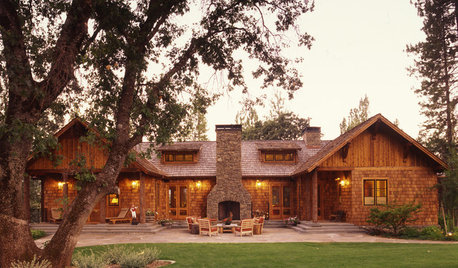Now that it has rained over 7 inches in a week I am able to take stock of the drought damage. It is pretty clear which plants are going to recover and which are severely damaged or dead.
Of the ground covers, the Vinca Minor and Major are recovering although the Minor has some patches that the leaves died. A few of these patches are putting on new leaves but others show no sign of recovery. But 80% greened back up and looks fine. It got no supplemental water. The Liriope has a few browned leaves but the clumps are greening back up and blooming. No water on them either. Some of the Hostas died back despite a twice weekly soaking. The Selaginella fern did the same; the only spot of this that greened back up was in deep shade under a Nandina. Nandinas never showed any stress; they got a once weekly watering. The Hydrangas wilted severely between waterings, but are still alive now. The Cinnamon fern died back but it does almost every summer and returns the next spring. Time will tell. The other ferns, Sword, Woodsia, Maidenhair, Ebony Spleenwort wilted and some fronds died back but not as completely and are now putting out again.
Of the shrubs, the Kerria and Spirea suffered the most. A couple of each, in a border that I never water, may be dead. The Forsythia in the same border looks fine with no dead leaves. The Beautyberry, Mock Orange and Flowering Quince also look fine with no dead leaves. No water.
Another border has Snowball, Jane Magnolia, 15' tall Crepe Myrtles, 20 year old lilac and a Viburnam. I watered all of these a couple times during Aug. The Viburnam was stressed the most losing over half of its leaves. The others all look fine now with no dead or fallen leaves.
The azaleas and rodies got a twice weekly watering and seem to be fine. They all lost a few leaves but not too bad. Down in the woods a couple of dogwoods may be dead, but the ones in the yard got watered and are recovering and ripening berries.
In the garden two small 3 year old Crepe Myrtles got water once a week and showed very little stress. But the Wiegelias on the same amount of water almost died and still look terrible.
The blueberry row got a twice weekly watering with one casualty, a small plant put in last spring. Two others planted last spring survived.
Of the vines, the Sweet Autumn Clematis got watered a couple times, as did the Yellow Jessamine. Tough plants; they actually grew through the drought. The perrenial sweet pea on the same water lost several leaves. The Loofah, an annual vine got watered only twice before I decided to let it die, but it didn't even wilt until the last week of Aug. Now that it has rained it is actively growing and blooming profusely with those lovely lightly fragrant yellow flowers. The Red Cypress Vine, another annual, only got what water it managed to steal from the row of hollyhocks that were a foot away from the fence. And now it is growing and blooming like crazy--while the hollyhocks got eaten to the ground by the deer.
I planted a sixpack of purple globe amaranth next to one of annual vinca. I only watered them a little once a week. The globe amaranth never showed any stress while the vinca's leaves wilted severely. But both lived and are still looking good now. The nasturtiums outright died but a seedling petunia in the same bed bloomed through the drought as did a volunteer red wheat celosia.
The volunteer giant annual sunflowers that we let grow for the goldfinches each year looked droopy and stopped opening flowers but lived and are now blooming like mad--they got no extra water.
Zinnias, which I have always thought of as pretty drought tolerant especially if selfseeded, did not fare well, but almost died. In the same bed the selfseeded Rudbeckia and the transplanted Lantana came through beautifully. These plants got the same amount of water--not much.
I hope we never again have a summer like this, but the upside is that now I have a much better idea of which plants can take it if they have too. And once we get a 4-5" layer of wood chips on the shrubs they will do even better I think.














gldno1
Macmex
Related Discussions
3 things I learned this summer, photos x 3
Q
Drought --- can I learn from this?
Q
What I've learned so far about the 4-season thing ....
Q
A few things I learned from the freeze
Q
jcheckers
jessaka
Macmex
helenh
mulberryknobOriginal Author
helenh
mulberryknobOriginal Author
gldno1
Okiedawn OK Zone 7
bettycbowen
Okiedawn OK Zone 7